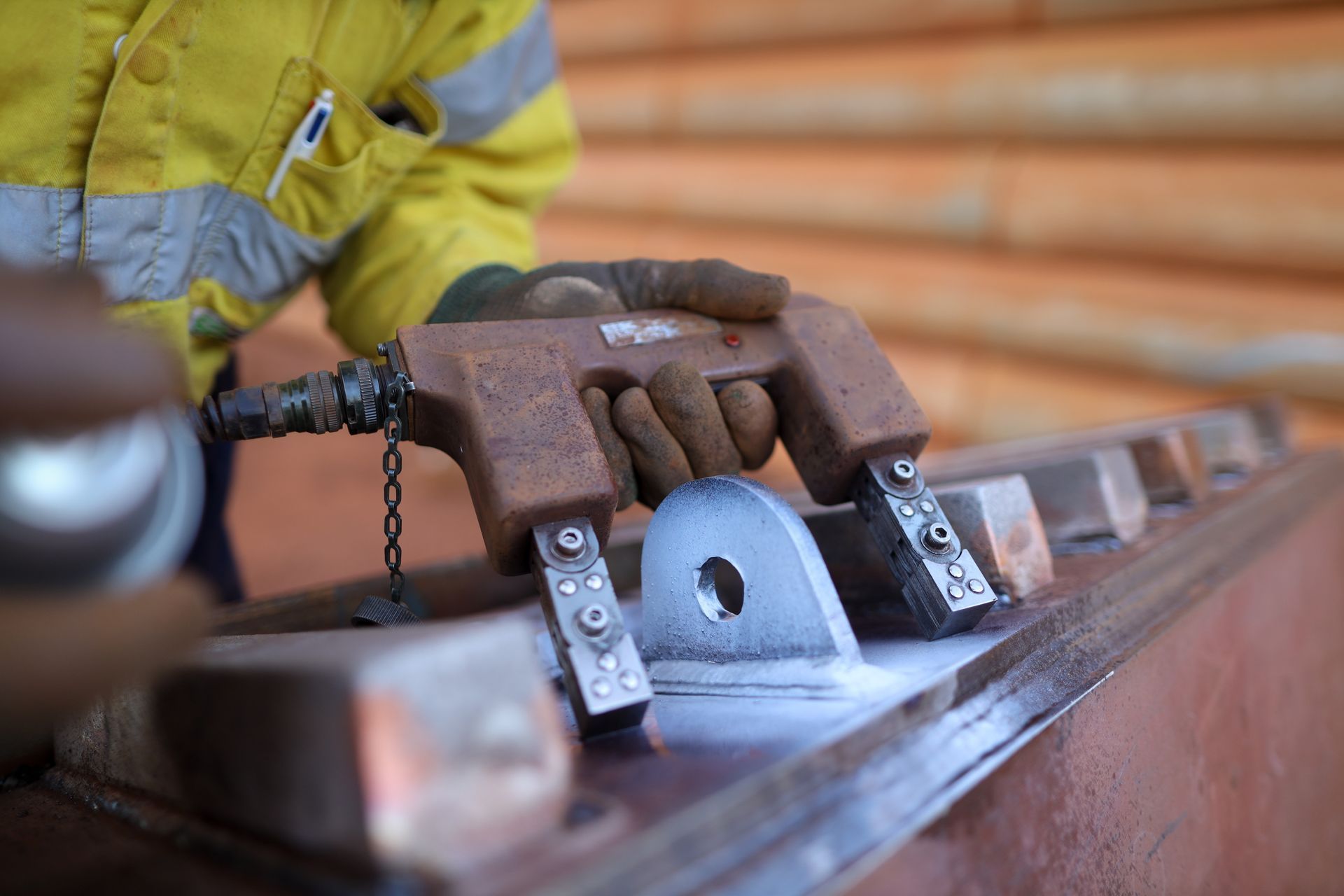Ultrasonic Testing: A Brief Overview
December 9, 2021
Ultrasonic Testing, or UT, is one of the most utilized and helpful Nondestructive Testing methods used. Not only can a certified inspector identify thicknesses of various metals, but they are also able to identify cracks, as well as their length and depth. Ultrasonic Testing is also widely used due to its high sensitivity abilities which allows to identify even the smallest of cracks. This method is also highly preferred due to the fact that technicians can run a full investigation while only needing to access one side of the test piece.
When did it all begin?
Ultrasonic Testing, or UT, began as early as the 1940’s, but it’s initial origins can be dated back to the early 1900’s. The first patent related to Ultrasonic Testing was issued in 1942 which was titled “Flaw Detecting Device and Measuring Instrument.” This patent was specifically issued due to this new device’s ability to investigate a test piece without destroying or compromising it. This was the first piece of equipment created which allowed for the detection and identification of subsurface flaws.
How does it work?
Ultrasonic Testing works by utilizing a piezoelectric crystal ‘transducer’ which induces periodic electrical pulses of ultrasonic frequency into the test piece. A jelly like substance, also known as couplant, is applied to both the transducer as well as the test piece. This allows for separation between the test piece and the transducer. The two common types of ultrasonic testing are known as reflection, or pulse-echo, and attenuation, or through-transmission. Their names are quite self-explanatory. When the reflection method is used, the transducer both sends and receives the sound waves from one side of the test piece. When the attenuation method is used, one transducer is used to send the sound waves and one (typically on the other side of the test piece) is used to receive them.





